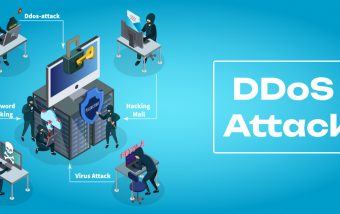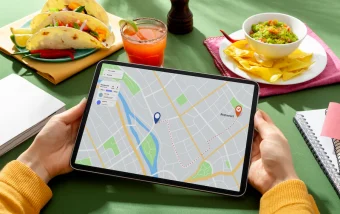How To Build An Efficient B2B Demand Generation Strategy In 2025?
Jul 07, 2025

Jul 07, 2025

Jul 07, 2025

Jul 04, 2025

Jul 03, 2025

Jul 01, 2025

Jun 30, 2025

Jun 30, 2025

Jun 30, 2025
Sorry, but nothing matched your search "". Please try again with some different keywords.


Starting a blog is exciting, whether you want to share your passions, start a side hustle, or even build a full-time business. One of the first questions many beginners ask is how much does it cost to start a blog.
Building a blog will span the gamut in terms of cost, depending on how seriously you’re taking it, what kind of blog you want, and what kind of features or tools you want to add.
A basic blog costs almost nothing; however, you might invest in some things that will help make it a much more practical blog and improve its performance in building traffic and generating income.
In this article, we break down how much does it cost to start a blog. We outline the necessary costs, optional upgrades to make, advanced features to add to enhance your blogging experience, and how to start on a budget.

To begin breaking down the specifics of blogging costs, it is first important to understand that starting a blog comes in two primary phases: launching and maintaining.
Launch: this is the start-up cost of launching your blog: the cost of a domain, hosting, and website design.
Maintain: This is the running cost of running or managing a blog. This would include renewing a hosting plan, advanced themes or plugins, marketing, and other operational costs.
As much as the technical setup and maintenance need to be considered, consider the time and effort needed to grow your blog. For this article, however, let’s narrow it down to the monetary costs of starting and maintaining a blog.
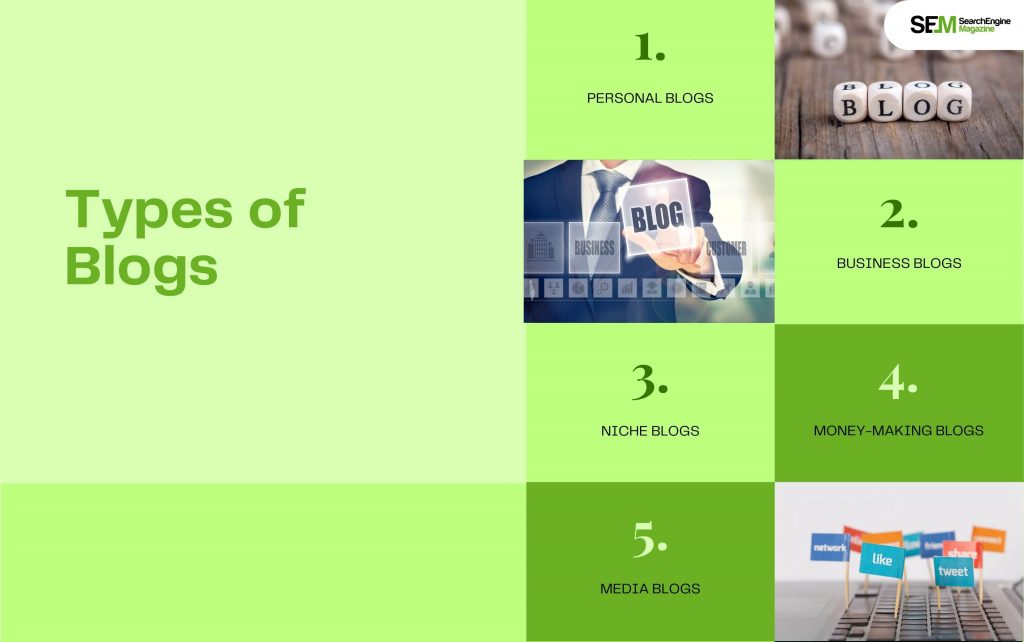
The type of blog you’d want to create could also have implications in the cost you’d incur when trying to start your blog. Here are a few common types of blogs and how they might impact costs:
A blog means communicating ideas, experiences, or hobbies with the world. The blogs are typically more minimalist in design and features and are thus often cheaper.
Target Audience: Individuals who want to communicate, connect, or associate with others.
Examples: Lifestyle blogs, travel blogs, self-improvement blogs.
Business blogs are communications by companies or entrepreneurs linked up with customers, trying to update them and increase sales.
Advanced features are being used in business blogs; otherwise, it may be noted that they need extra e-commerce, lead generation, or even proper customer communication tools.
Target audience: Businesses seeking customers or readers for their products or services.
Examples: Corporate blogs, online shops blogs, B2B blogs.
Niche blogs are sub-niches or sectors-industry-specific blogs that refer to health and wellness, finance, technology, or do-it-yourself projects.
These blogs generate revenue through affiliate marketing, sponsored posts, and the selling of products. A blog needs fresh, high-quality content to brand itself as an authority in a particular niche.
Target audience: Individuals who are interested in particular topics
Examples: Fitness blogs, tech blogs, food blogs.
Blogs that are prepared just for the sake of making money. Either way, be it affiliate marketing, sponsored posts, selling a digital product, or ads, these blogs are costlier on the recurring side as they need high-level marketing, SEO tools, and premium features.
Target Audience: An individual or a business wanting to capitalize on their online presence.
Examples: It includes Affiliate marketing blogs, Online Course Selling Blogs, and product review blogs.
Media blogs are related to news, entertainment content, and much more. They focus on keeping the reader updated with current issues or something of value and worth sharing, like videos and podcasts.
Targeted Audience: General public or sections of people who may be entertained or like news.
Examples: Entertainment blogs, news websites, and celebrity gossip blogs.
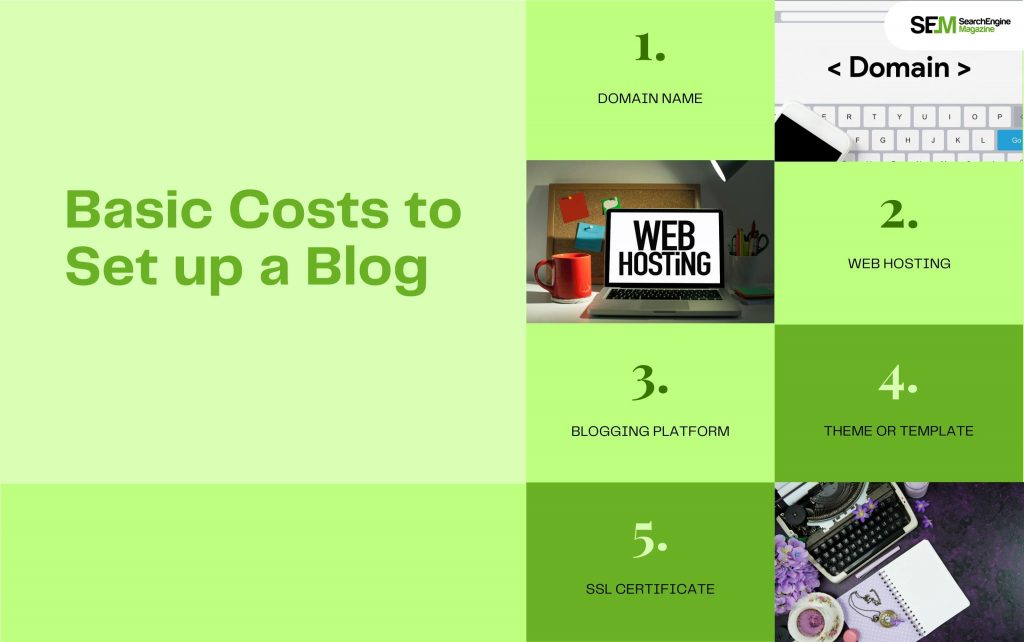
The styles of blog design, functionality, and marketing needs are so varied that each type has a different setup cost that determines the cost difference.
Personal blogs are usually the cheapest to implement, while business or money-making blogs typically require a higher investment upfront and continued investments.
Basic costs are the bare essentials that can get your blog started. There is no room for negotiation, but there is a choice, which means the costs are reasonable.
The domain name represents the address of your web publication on the Internet, e.g., www.yourblogname.com. This is a must-have to have a unique domain address for your blog. It gives authenticity as well as professionalism to the blog.
Cost: Usually $10-$20 per year.
Where to buy: Namecheap, GoDaddy, and Bluehost are the large domain registrars.
Many blogging services like WordPress.org let you purchase a domain directly through their service. If you’re using a free blogging service such as WordPress.com or Blogger, the domain will be branded as associated with the platform, such as yourblogname.wordpress.com, and can look unprofessional.
Web hosting service is where your blog’s files are kept, and you can access them online. For serious bloggers, self-hosted WordPress at www.wordpress.org would be way better than free services, where one could exercise more flexibility in options for personalization and monetization.
Cost: Shared hosting plans cost between $3 and $10 per month, while more advanced hosting, like VPS or managed WordPress hosting, will run between $20 and $60 per month.
Popular Web Hosting Services: Bluehost, SiteGround, HostGator, and WP Engine.
Although WordPress remains the biggest blogging platform and is free, you may choose other blogging platforms that suit you. Products like Wix or Squarespace also usually host and register for a domain name, costing between $12 and $40 per month.
Cost: Free for WordPress, but you must pay to host a website (see above). For a site builder like Wix, expect to pay $12 to $25 monthly.
This is the design of your blog that explains how your blog will look and operate. Free themes exist, but paid themes offer much more room for customization, better support, and professional designs.
Cost: Free themes. Premium themes range from $30 to $100 in a lifetime.
Where to buy: Some websites include ThemeForest, Elegant Themes, and StudioPress.
An SSL certificate will secure the connection between your website and visitors, encrypting all data. Websites with an SSL are marked with “HTTPS” instead of “HTTP,” while search engines, like Google, prefer secure sites.
Cost: Most hosting plans include SSL certificates free of charge, but a premium SSL will run $50–$150 per year.
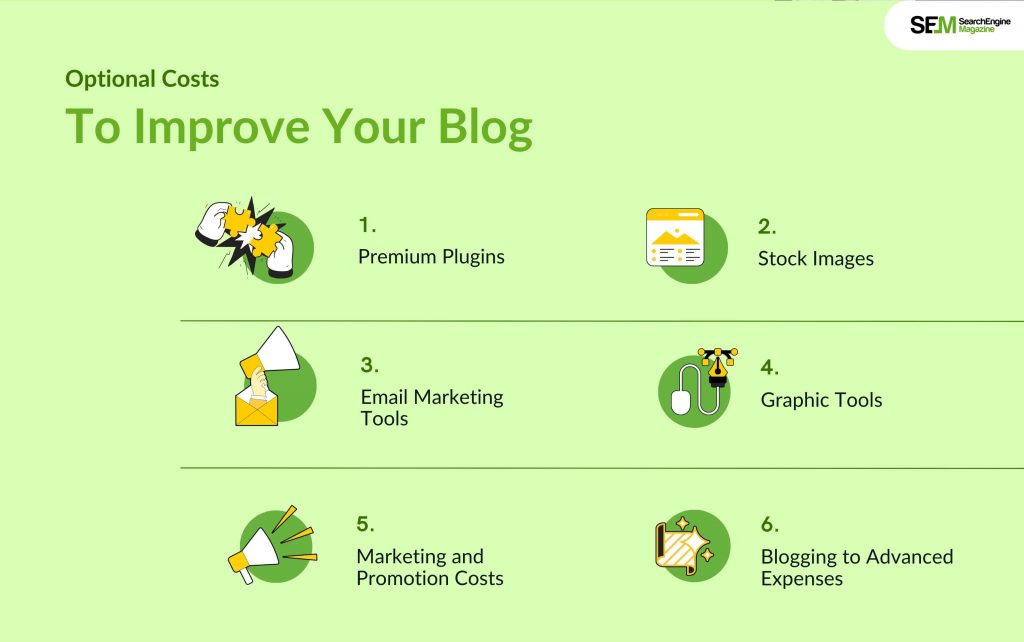
Not strictly required to get up and running, these will add a lot of functionality and pretty iffy your blog, making it more user-friendly.
In blog lingo, plugins are functions that can be attached or “plugged into” your blog. There are free plugins and premium plugins. Premium plugins include advanced SEO, social sharing, and more e-commerce functions.
Cost: Free plugins exist, but premium plugins will likely fall into the $10-$100 range yearly, depending on functionality.
If you need professional-looking, high-quality content and can’t hire yourself to create some, you must pay for stock photos.
A website with stock images gives you high-quality images for your blog posts, social media, etc.
Cost: Stock image subscription: $10–$50 per month; other options: buying individual images for $1–$20 per image.
Dominant Vendors: Shutterstock, Adobe Stock, Unsplash (complimentary option).
Reach out to your audience and drive traffic to the blog by creating an email list because it is possible to capture a person’s email address and newsletters and automate email campaigns with the help of email marketing tools.
Cost: It is free from MailChimp or ConvertKit plans, though there are paid options beginning with $10-$50 a month, depending on the list size.
You may also need graphic design tools to create nice graphics for your blog and social media networks; the following are two excellent options: Canva Pro and Adobe Creative Cloud.
Cost: Canva Pro is about $12.95 per month, and Adobe Creative Cloud starts at $20.99 monthly for a single app, like Photoshop.
You want people to come to your blog, and that’s what marketing does. These costs also need to be factored into your greater blog budget.
Advertising on social media (Facebook, Instagram, Pinterest, etc.) can bring visitors to the blog and engagement if you are a business or niche blogger.
Cost: Depending on the targeting options, generally around $5-$10 daily for a beginner. A bigger campaign might run over $100+ a month
Promote paid content; for example, promote your blog posts on sites like Taboola or Outbrain to gain even more visibility on the blog.
Cost: Content promotion may range from $50 to several hundred dollars a month, depending on the reach and the platform of the site
SEO is critical for attracting organic traffic to your blog, and several premium SEO tools can help optimize your site. Tools like Ahrefs, SEMrush, or Moz can provide valuable insights to improve your search rankings.
Cost: Advanced SEO tools like Ahrefs or SEMrush usually start at around $100–$300 per month, but you can also get into some decent options like Yoast SEO for free or Ubersuggest starting at $12 per month.
As you begin to expand your blog, you might need services and tools that call for investments of a more advanced nature. Again, costs are generally associated with the growth or scaling of a business and a blog into a business.
A virtual assistant may be a virtual assistant for you in any form of administrative work, content-related work, social media, or even customer service so you can focus more on the big picture.
Cost: VA services run from $10 to $50 an hour, depending on experience and location.
If you want a custom design for your blog or some advanced functionality, such as membership sites or e-commerce, you may have to hire a web developer or designer.
Cost: Custom design work can run $500 to $5,000 depending upon the complexity and the designer’s rates.
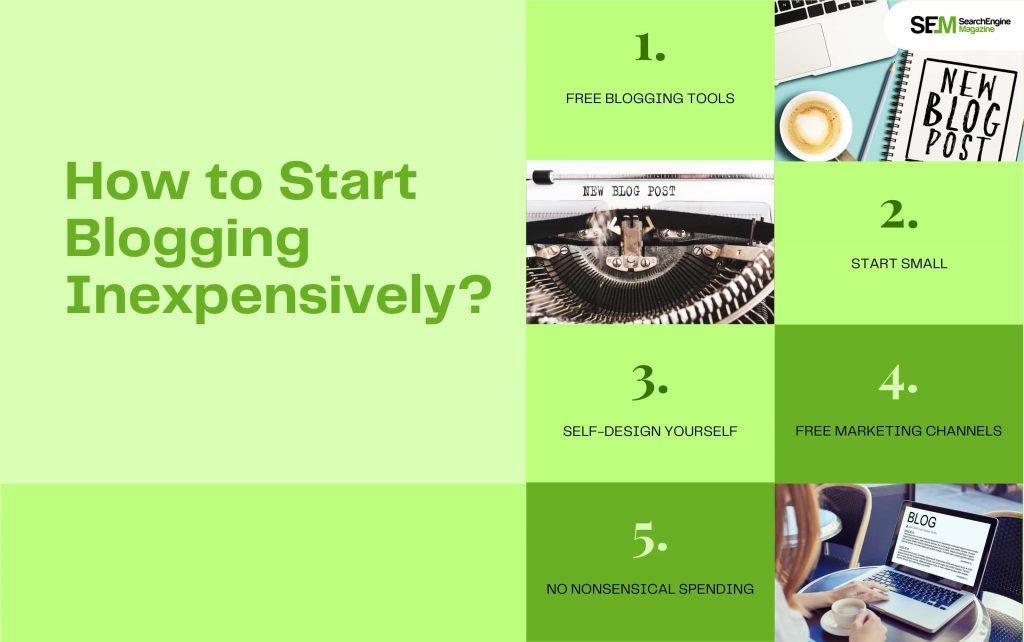
You don’t need to spend a lot of money for your blog to get going, even if blogging often involves huge investment, like:
Starting a blog can range anywhere from a few dollars to several thousand, depending on the tools and services and the desired level of professionalism.
Some basic costs that will get your blog started include a domain name and web hosting, while investments in premium plugins, marketing tools, and a design can make your blog shine.
Such an investment requires understanding all the costs involved in undertaking it and then making strategic decisions based on your budget and goals. And with just a little creativity and resourcefulness, one can start one’s successful blog without breaking the bank.
You May Like To Read:
Nabamita Sinha loves to write about lifestyle and pop-culture. In her free time, she loves to watch movies and TV series and experiment with food. Her favorite niche topics are fashion, lifestyle, travel, and gossip content. Her style of writing is creative and quirky.
View all Posts
How To Build An Efficient B2B Demand Generati...
Jul 07, 2025
Lovo AI: Is This AI-Powered Voiced Generation...
Jul 07, 2025
How AI-Powered CRM Is Contributing To Smarter...
Jul 04, 2025
The Role of Pipedrive CRM in Streamlining Dat...
Jul 03, 2025
What Happens to Digital Assets During Probate...
Jul 01, 2025